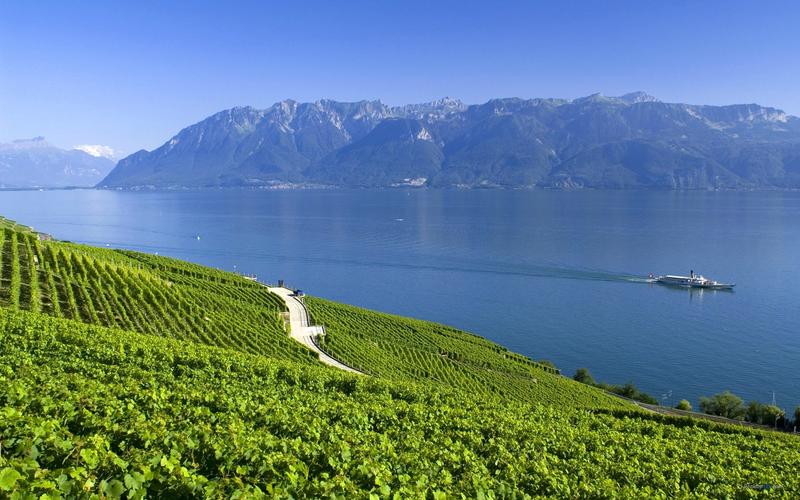Preservation and Celebration: Exploring Synonyms for Cultural Heritage
When it comes to cultural heritage, the words “preservation” and “celebration” might not seem like synonyms at first glance. Preservation implies a protective stance, while celebration suggests a more active approach. However, these two concepts are not mutually exclusive. In fact, they can be complementary, with the goal of preserving cultural heritage being to enable its celebration.
In this article, we’ll delve into the nuances of what preservation and celebration can mean when applied to cultural heritage. We’ll look at case studies and examples from around the world to illustrate the importance of both efforts.
Preserving Cultural Heritage
The term “preservation” can encompass a range of activities, from conserving physical artifacts to safeguarding intangible cultural traditions. However, at its core, preservation is about acknowledging the value of cultural heritage and taking steps to ensure its survival for future generations.
One example of preservation in action is the work that’s been done to protect ancient ruins in Peru. The famous Machu Picchu site, for example, has faced numerous threats over the years – from erosion to looting. In response, the Peruvian government has taken steps to establish stricter regulations for visitors, including limiting the number of visitors each day and requiring tour guides to be licensed. These efforts help ensure that the site will continue to be accessible and protected for years to come.
Another example of preservation can be seen in the efforts to protect endangered languages. According to UNESCO, around 40% of all languages in the world are at risk of disappearing. In response, organizations have been established to support efforts to document and preserve these languages. For example, the Hawaii-based organization ‘ʻAha Pūnana Leo’ works to promote the Hawaiian language and has established immersion preschools to help revitalize its use.
Celebrating Cultural Heritage
While preservation is undoubtedly important, it’s also essential to celebrate cultural heritage. Celebration helps to keep cultural traditions alive and vibrant, making sure that they remain relevant and meaningful in contemporary society.
One example of celebrating cultural heritage can be seen in the annual Holi Festival in India. Holi, also known as the “festival of colors”, is a Hindu festival that takes place each spring to celebrate the arrival of spring and the victory of good over evil. During the festival, participants throw colored powder at each other, dance, and share traditional sweets. The festival has become increasingly popular around the world, with events now taking place in cities like London and New York.
Another example of celebrating cultural heritage is in the realm of cuisine. Food can be a powerful way to connect people to their cultural roots and celebrate both tradition and innovation. For example, in Singapore, hawker centers are communal eating spaces where vendors sell a variety of affordable dishes, from traditional laksa to fusion creations. These centers serve as a way to both celebrate and preserve Singapore’s diverse culinary heritage.
Preservation and Celebration: A Dynamic Duo
Preservation and celebration might seem like two disparate ideas, but when it comes to cultural heritage, they’re actually two sides of the same coin. Preservation lays the groundwork for celebration, while celebration helps ensure that cultural traditions remain relevant and cherished.
Whether through efforts to protect ancient ruins or to promote endangered languages, preservation is vital to ensuring that cultural heritage survives. But without celebration, these efforts can too easily become inert and disconnected from the people they’re meant to serve. That’s why it’s equally important to recognize and celebrate cultural heritage, whether through food, festivals, music, or other forms of creative expression.
As we work to preserve and celebrate cultural heritage across the globe, we can take inspiration from organizations and individuals who are doing this essential work every day. Whether through the protection and promotion of traditional crafts or the creation of new forms of artistic expression, these efforts help to keep cultural heritage alive and meaningful for future generations.
(Note: Do you have knowledge or insights to share? Unlock new opportunities and expand your reach by joining our authors team. Click Registration to join us and share your expertise with our readers.)
